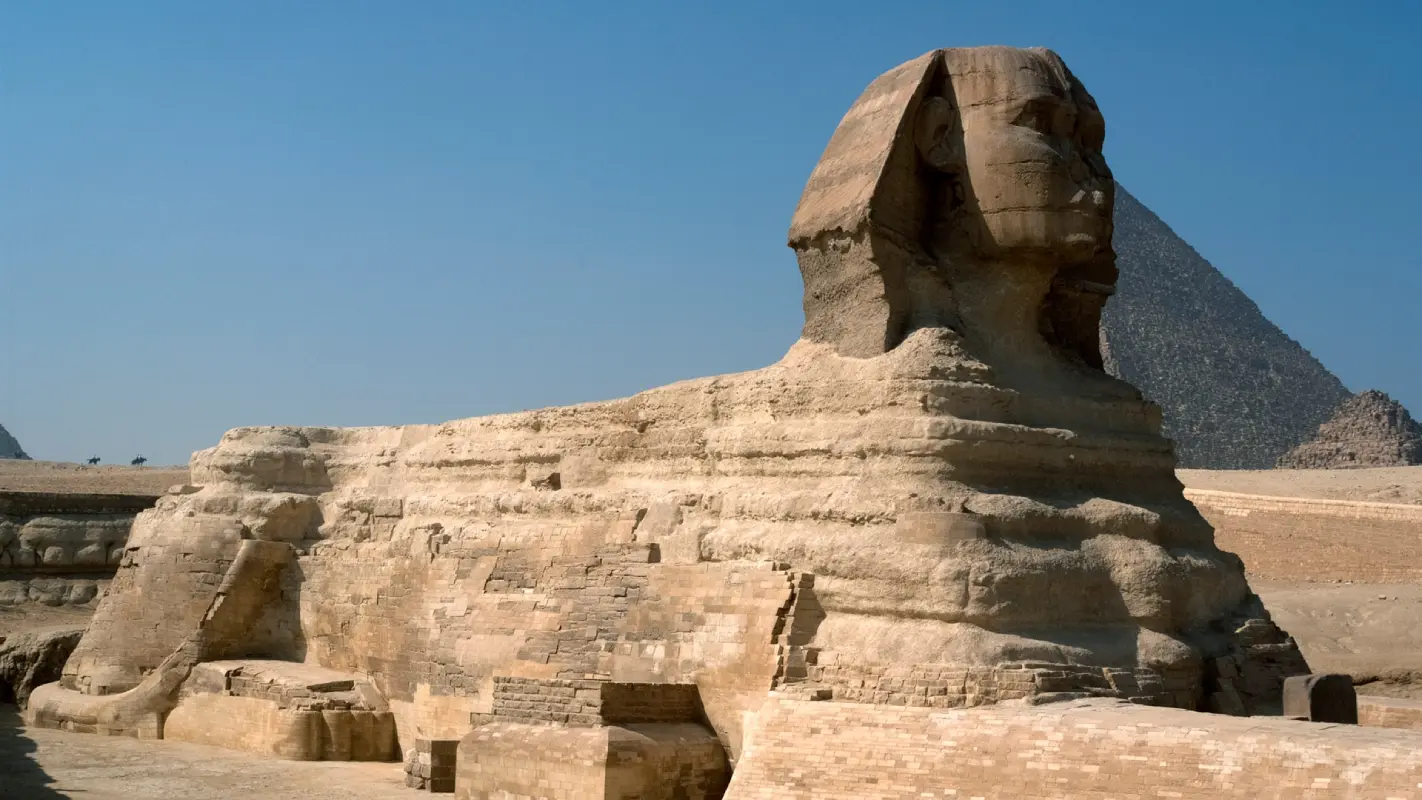Makkah, also called Mecca, is a city of deep religious significance and historical importance located in the western region of Saudi Arabia. It stands as one of the most revered sites in Islam and is located within the Arabian Peninsula, specifically in the Hijaz region, which is part of the larger geographical area of the Middle East.
Geographical location of Makkah
Mecca is located in a valley surrounded by rocky mountains in the western part of Saudi Arabia. It lies approximately 80 kilometers (50 mi) inland from the Red Sea coast, on a narrow strip of land between the Red Sea and the vast desert of Saudi Arabia. The city is located at an altitude of about 277 meters (909 ft) above sea level. Its coordinates are approximately 21.3891° N latitude and 39.8579° E longitude.
Mecca’s topography is defined by a combination of arid desert landscape and mountainous terrain. The city is set in a low valley surrounded by hills and mountains, including the well-known Mount Arafat and Jabal al-Nur (Mount Alor), where the Hera Caves are located. These geographic features contribute to the city’s unique and somewhat isolated environment, which has historically influenced its development and accessibility.
Historical and religious significance of Makkah

Mecca’s prominence is mainly due to its religious importance in Islam. It is the birthplace of Islam’s founder Prophet Muhammad and the location of the Kaaba, Islam’s holiest site. The Kaaba is a cube-shaped building located at the center of the Masjid al-Haram (Grand Mosque) and is the focal point of Islamic worship. Every year, millions of Muslims around the world travel to Mecca to perform the Hajj, a pilgrimage that is one of the five pillars of Islam.
Mecca’s significance extends beyond its religious role. The city has been a center of trade since ancient times due to its strategic location along trade routes connecting the Arabian Peninsula with the rest of the Middle East and beyond. Historically, Mecca was a busy trading center where merchants and travelers congregated, contributing to its wealth and cultural development.
Climate and environment
Mecca experiences a hot desert climate, characterized by extremely high temperatures during the summer months and mild winters. The city’s climate is influenced by its geographic location within the desert region, causing high temperatures to exceed 40°C (104°F) in the peak of summer. Winters are relatively mild, with temperatures ranging from 14°C to 30°C (57°F to 86°F). Rainfall is very low, with occasional rains that usually occur between November and February.
The arid climate and rugged terrain shape Mecca’s environment, affecting everything from daily life to the city’s infrastructure. High temperatures and dry conditions require careful planning and development to accommodate the needs of both residents and the millions of pilgrims who visit each year.
Modern infrastructure and urban development
In recent decades, Mecca has undergone significant urban development to accommodate the growing number of pilgrims and the needs of its growing population. The city has seen the construction of large-scale infrastructure projects, including new hotels, transport systems, and facilities to support the Hajj pilgrimage. Expansion of the Masjid al-Haram has been a major focus, with ongoing projects aimed at increasing its capacity to handle the influx of worshippers.
The development of modern facilities and infrastructure in Makkah is designed to enhance the experience of the pilgrims and improve the overall quality of life of the residents. This includes the construction of King Abdulaziz International Airport, which serves as a major gateway for international travelers arriving in Mecca.
Cultural and social aspects
Mecca is not only a religious center but also a cultural and social center. The city’s culture is deeply rooted in Islamic traditions and practices, and it plays a central role in the lives of Muslims around the world. The annual Hajj pilgrimage, along with the Umrah pilgrimage, which can be performed at any time of the year, attracts millions of Muslims who come to Mecca to perform their religious duties and seek spiritual renewal.
The local economy of Mecca is heavily influenced by the pilgrimage industry, with many businesses catering to the needs of pilgrims. The city is home to a diverse population, including residents who have lived there for generations as well as expatriates who come to work in various fields related to the pilgrimage and tourism industry.
Challenges and future outlook
As Makkah continues to grow and develop, it is facing various challenges related to urban planning, environmental sustainability, and infrastructure management. The city’s rapid expansion and large number of visitors create logistical and environmental challenges that require careful management and planning.
Future development of Mecca will likely focus on addressing this challenge by preserving the city’s religious and cultural heritage. Continued investment in infrastructure, transportation, and environmental sustainability will be critical to ensure that Mecca remains a welcoming and functional city for both residents and pilgrims.
Mecca’s location in the Hijaz region of Saudi Arabia, nestled in a valley surrounded by rugged mountains, contributes to its unique geographical and cultural landscape. Its significance as a religious and historical center makes it a focal point for millions of Muslims around the world. As the city developed and expanded, it would remain an important and revered location integral to both the spiritual and cultural identity of Islam.
![]()






3 thoughts on “Where is Makkah Located”